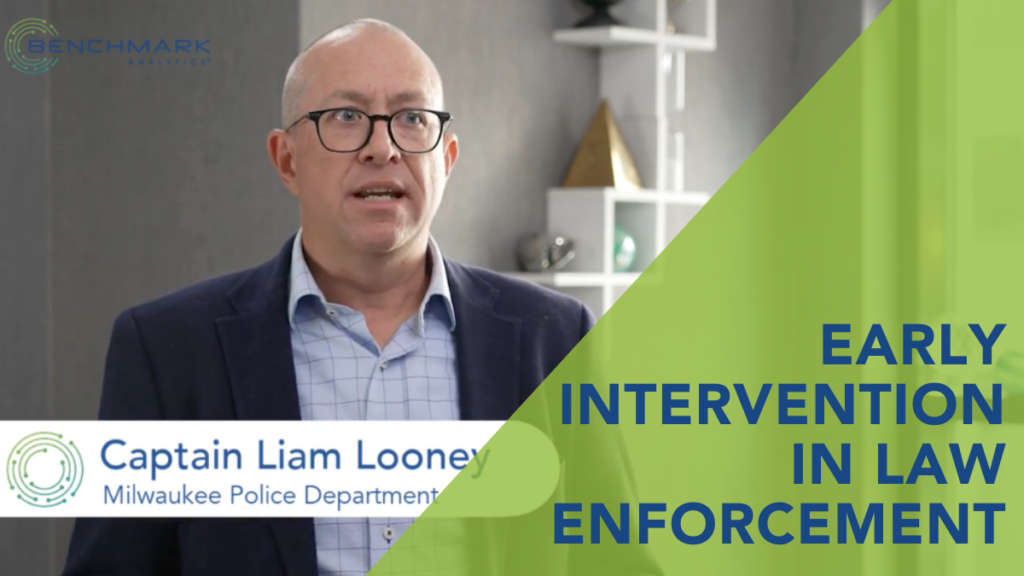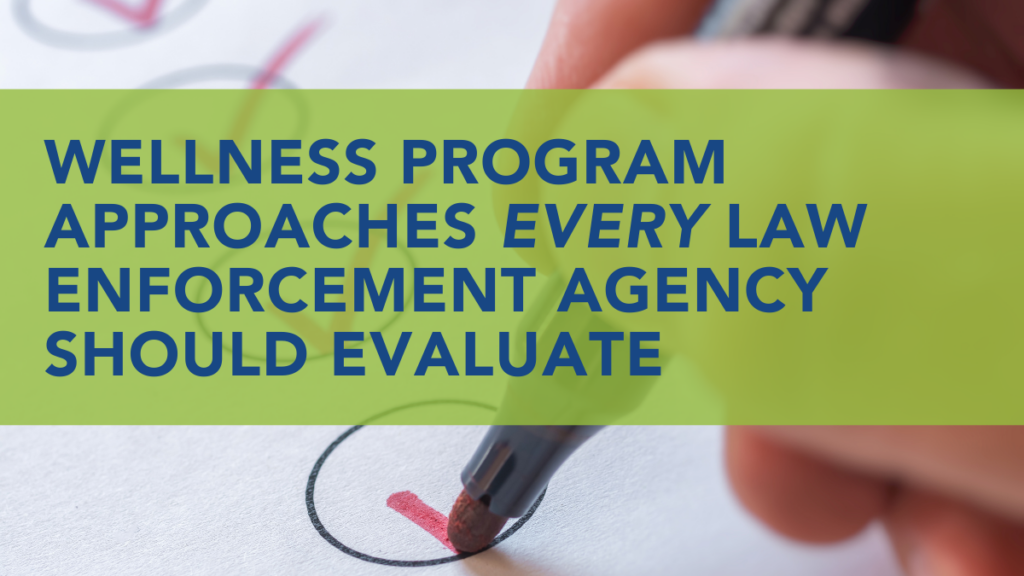Fatigue in Law Enforcement
Posted
November 9, 2021
Share:
Law enforcement is inherently a 24/7 profession. Calls for service can come in at any hour of the day, and it is mission-critical that a department’s officers be alert and able to respond to these calls quickly and efficiently. The nature of shift work and its often-unpredictable scheduling can lead to a substantial occurrence of fatigue in law enforcement, which in turn can manifest as a challenge to an agency’s readiness as well as a genuine health concern for officers.
Effects of Fatigue in Law Enforcement
Fatigue isn’t always one discrete condition but rather can present itself as a range of symptoms that includes feelings of tiredness, depression, other mood disorders, and reduced mental and physical capacities. A lack of sleep can also lead to memory impairment, irritability, and stress-related illnesses like obesity and hypertension.

More than 90 percent of law enforcement officers report being routinely fatigued, and 85 percent report driving while drowsy. Effectively, officers are almost always doing their jobs while experiencing some degree of fatigue.
More than 90 percent of law enforcement officers report being routinely fatigued, and 85 percent report driving while drowsy. National Institute of Justice Journal.
Beyond the health impacts, persistent fatigue creates real-world dangers for officers and the communities they serve. More officers are killed by unintended events, like auto collisions, than events related to the commission of felonies. In recent years, up to a third of officer deaths have involved automotive accidents. Research into officer fatigue and auto collisions indicates that as many as 46% of officers have nodded off while driving. The danger doesn’t stop with the end of a shift either, as many officers endure substantial commutes to reach their homes.
What is Contributing to Officer Fatigue?
Long workweeks with the possibility of overtime or moonlighting are the most attributable causes of officer fatigue. A study published in the National Institute of Justice Journal looked at officer fatigue’s underlying and less-obvious causes. Though it is difficult to establish specific causes and effects of a subject as complicated as fatigue, the research pointed to five main areas of concern related to officer fatigue.
SHIFT LENGTH
Shorter duration shifts that occur with greater frequency are shown to be more disruptive to sleep patterns. Research findings suggest that agencies that schedule a 40-hour workweek over less than five days reduce the fatigue felt by officers.
SHIFT POLICIES
As we age, our ability to cope with fatigue diminishes. This is especially true for shift workers. As such, older officers tend to experience the effects of inconsistent shift scheduling more intensely than their younger colleagues.
HOME LIFE
Officers with young children experience profound fatigue at a greater rate than officers without children. This may be especially true for women in law enforcement. Interestingly, though female officers’ sleep quality is often reported as lower than their male counterparts, they tend to report less fatigue.
COMMUTING
As more officers live outside the communities they work in, commuting times are generally rising throughout the country. Longer commutes, compounded by the stress of heavy traffic in many metro areas, show a strong correlation with reported fatigue levels.
SHIFT REGULARITY
Irregular shift schedules can play havoc with a person’s circadian rhythms (the body’s natural sleep-wake cycle). In contrast, fixed shift schedules do not seem to produce such a dramatic effect on reported fatigue.
STAFFING SHORTAGES
As many as 86% of officers state their agencies do not have enough sworn and support staff. These shortfalls are causing severe strain in scheduling at agencies around the country.
Compassion Fatigue
Though not a new concept, compassion fatigue is increasingly part of the conversation surrounding officer fatigue. Though much police work is relatively routine, most officers will respond to extreme situations like domestic violence, a mass-casualty event, or child exploitation at least once in their careers. Typically, officers are called to service by a desire to help their communities, and in these intense situations, they operate as caregivers as much as first-responders, comforting victims and working to restore a sense of order to otherwise chaotic situations.
A growing body of research suggests that repeated trauma accrues within an officer among law enforcement officers and other first responders and medical personnel, potentially leading them to have difficulty disengaging from a stressful shift. Compassion fatigue impacts cognitive processes, feelings of helplessness and hopelessness, and negative behavioral patterns that can often involve substance abuse. Recent survey data shows as many as 23% of officers report high levels of compassion fatigue. The anecdotal discussion suggests this number is likely growing.
Charting a Course of Action
To combat officer fatigue, departments are moving past long-established law enforcement traditions and, instead, are following the data from research to inform their decision-making. Some departments are experimenting with and seeing results from four-day workweeks and compressed shifts as a part of broader wellness programming. Other departments limit officer overtime, capping them at no more than 20-25 hours per week to encourage rest and healthy sleep schedules. Giving officers a say in their shift schedule has also shown promise in reducing the effects of shiftwork, lending some predictability to an officer’s schedule.
While structural forces constitute a significant driver of fatigue risk factors, officers can take action to reduce these risks for themselves. Good physical fitness can mitigate the effects of fatigue. Quitting smoking or nicotine use and moderating caffeine and alcohol intake are also positive steps, often supported by Employee Assistance Programs (EAPs), that promote the healthy sleep and rest needed to fight fatigue.
The study of compassion fatigue is not as advanced as the study of other forms of fatigue. However, the ability of an officer to experience gratification from their service seems to be an essential factor in managing compassion fatigue. Agency leaders can help promote a feeling of gratification from service by inviting officers to share positive stories of their impact on the community in rollcall or other ways. Peer-support programs, mental health support, and different facets of EAP offerings also show real promise in emphasizing the value of an officer’s work.
The nature of policing will always create significant challenges to officer wellness. The combination of a 24-hour schedule with calls for service that can be emotionally intense poses real dangers to officers’ mental and physical health. By understanding what causes fatigue, departmental leaders can follow the research to craft policies that can help reduce the prevalence of fatigue in law enforcement.
Related Posts
Ready to Experience the Benchmark Difference?
Benchmark Analytics and its powerful suite of solutions can help you turn your agency’s challenges into opportunities. Get in touch with our expert team today.



